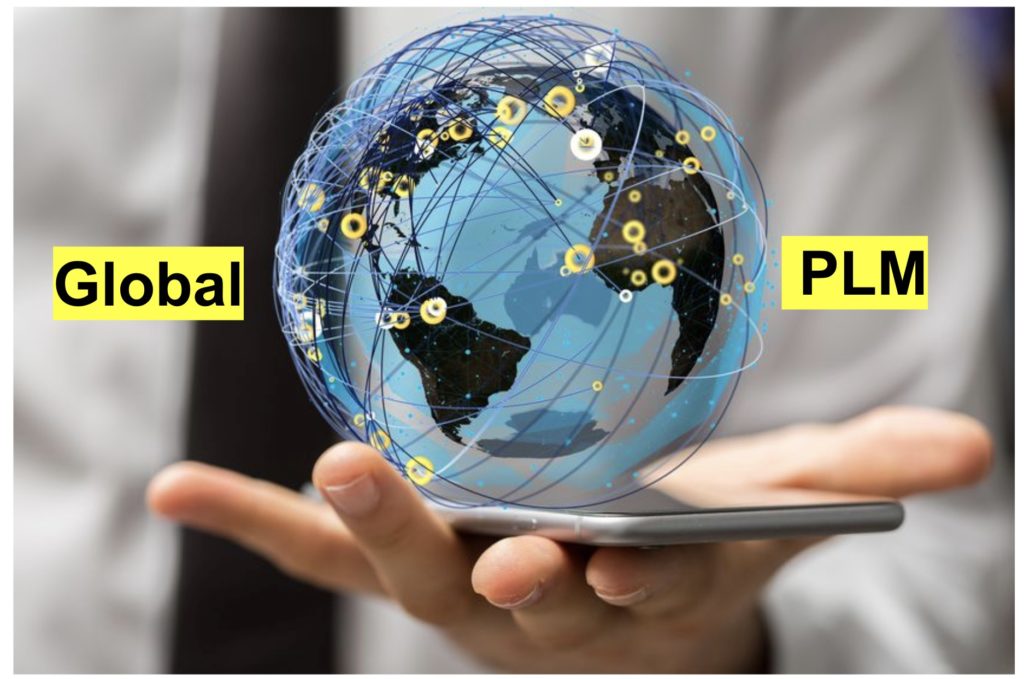
My long time PLM buddy Jos Voskuil wrote about The Future PLM. In the voice of many PLM publications, Jos’ articles are always standing out. As Helena Gutierrez of Share PLM wrote in her article The Best 12 PLM blogs to follow – When Jos Voskuil shares advice, I listen. While tons of things can be pitched as a ‘future’, my and Jos’ articles archives have more than a decade of articles. So, you can track it back.
Jos wrote about data as a fundamental change in the future of PLM. Here is the passage.
In the last five to ten years, a lot of new technology has come into our lives. The majority of these technologies are related to dealing with data. Digital transformation in the PLM domain means moving from a file-based/document-centric approach to a data-driven approach.
The “data-driven” approach can be misleading because you can ask – what is not a data in our modern digital world. The explanations for this is the following transformation suggested by Jos:
Bill of Materials in Excel –> PLM Table
Specification Document –> Set of requirements in the PLM system
2D Drawing –> Annotations in 3D CAD
While these three transformations are almost expected and PLM vendors are attempting to get rid of Excel and 2D Drawings for the last two decades, I found the most interesting prediction in Jos’ article is about the life cycle.
And most important of all, traditional PLM methodologies have been based on a mechanical design and release process. Meanwhile, modern products are systems where the majority of capabilities are defined by software. Software has an entirely different configuration and lifecycle approach conflicting with a mechanical approach, which is too rigid for software.
This is where Jos’ article doesn’t provide an answer. What will be the future of the life cycle and how will it change? Another thing that I found missing in the future of PLM is the notion of data globalization. Let me focus on these two aspects and expand my thoughts.
Globalization of PLM Data
Companies are manufacturing products and working with other companies, suppliers, and contractors. While Excel is a bad idea to manage the data, multiple companies using isolated PLM systems with local databases can do very little to communicate and create a continuous space to hold the data. The data-driven future of communication between local databases is another Excel that most probably will be traveling between these databases. The meaningful Part Numbers need to be replaced with universal locators and a flexible set of attributes. Global data model to hold a connected set of information about a product is the future of digital thread connecting not only the data inside one company but expanding the relationships to suppliers, contractors, and most importantly customers.
Universal Life Cycle
The data can be different, but why should the different data have a different lifecycle? I know it might sound strange, but an “item” is a universal definition that can absorb multiple types – standard fastener, mechanical device, electronic assembly, embedded software, and, most importantly, all these items together into delivery of the final product combined with the software services available to end customers. How to manage the lifecycle of this mechanism is another transformation companies will have to overcome. But without such transformation, the lifecycle of the product will remain a glimpse of data history located in a single-tenant SQL database for each company.
What is my conclusion?
The PLM industry is standing in front of the big data challenge. The real need is to transform the way data is managed, to get it from local documents, Excel files, legacy databases, and make it connected and global. This is one of the most fundamental transformations that can be only possible if the PLM industry will develop a new business model to unlock the value of the data and to support data sharing for business. Just my thoughts…
Best, Oleg
Disclaimer: I’m co-founder and CEO of OpenBOM developing a digital network-based platform that manages product data and connects manufacturers, construction companies, and their supply chain networks. My opinion can be unintentionally biased.
The post Data And Lifecycle – A Brutal Reality Of Future PLM? appeared first on Beyond PLM (Product Lifecycle Management) Blog.



Be the first to post a comment.